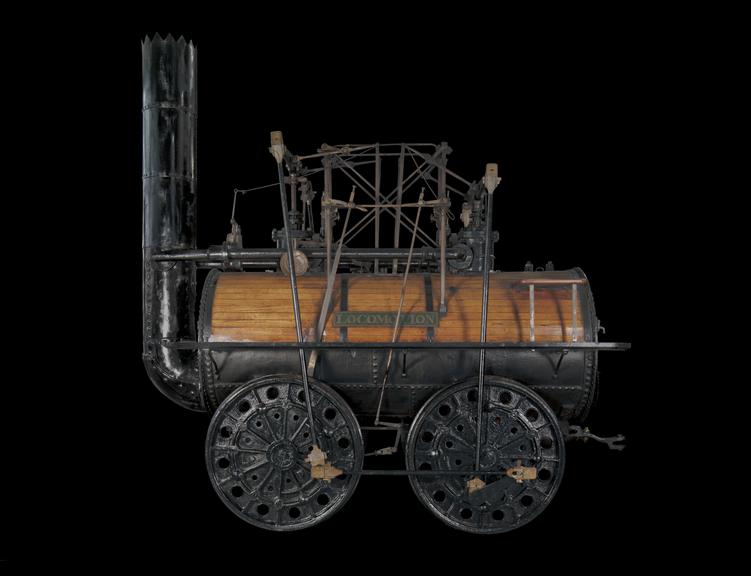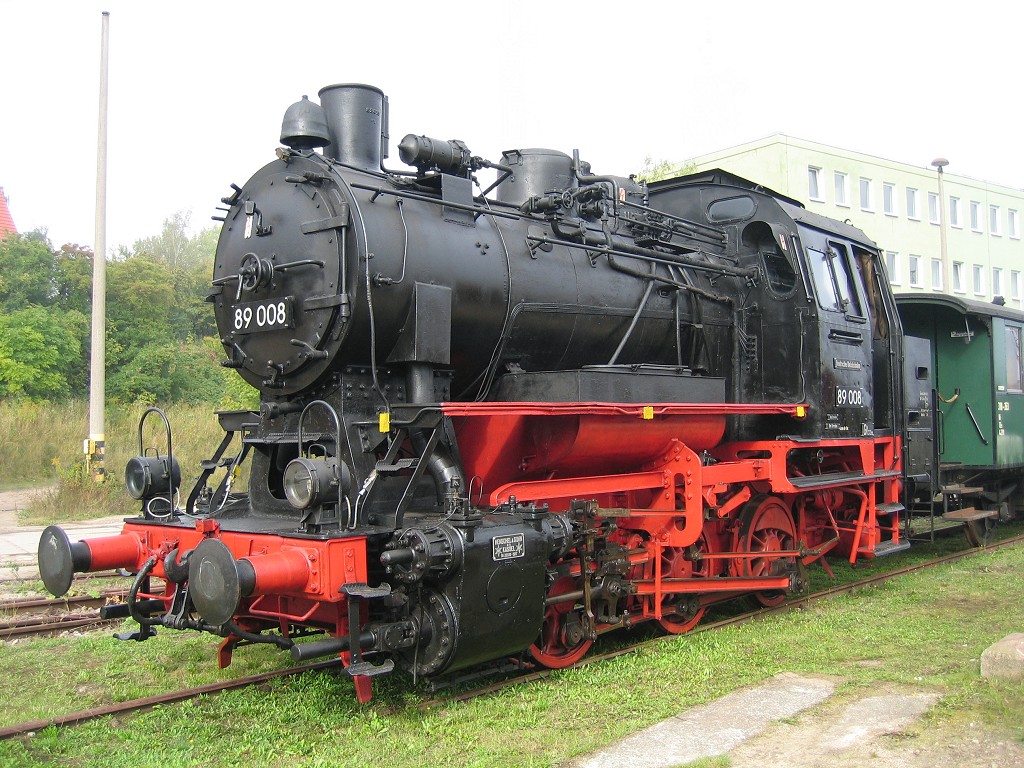
Locomotives hold a central place in the history of transportation, since the invention and control of steam power proved to be a breakthrough for railroading (Bonnet, 2005, p. 29).
In the early days, manpower was used to pull “trains” (or rather cars) transporting materials to and from the mines, however, over time, horses began to be used for this purpose (Wolmar, 2019; Bonnet, 2005, p. 29). Yet there was a demand for more efficient methods of transportation due to the ongoing Industrial Revolution and, as Bonnet states, “the harnessing of steam power in the late eighteenth and early nineteenth centuries was the springboard for the development of railways throughout the world” (2005, p. 29).
The first steam railway locomotive was built in 1803 by a British engineer Richard Trevithick, however, it failed due to technical and operational issues (Curley, 2011, pp. 164-167). Despite numerous attempts by various inventors, it was George Stephenson who succeeded, presenting a modern version of a freight and passenger locomotive in 1825, which he named Locomotion, marking the beginning of railroad transportation (Curley, 2011, p. 168). In 1829, “Father of Railways”, as Stephenson was referred to, together with his son Robert designed another groundbreaking vehicle – The Rocket (BBC, 2015; Curley, 2011, p. 6). This steam locomotive was notable for its significantly higher efficiency, performance and speed compared to its predecessors (Curley, 2011, p. 6). Its first run was in 1840 on the newly opened Liverpool & Manchester line (Curley, 2011, p. 6). Unfortunately, despite such a positive start, the event ended in the first fatal accident in railroad history (Morse, 2014).

In the following years, efforts were made to improve locomotives by improving the steam engine, and inventing new elements, such as the superheater, to improve the power of the locomotive (Bonnet, 2005, p. 31).
The design of the vehicle was also changing – from black steam locomotives with colorful elements (similar to the 3D model you can explore here), through art deco, to aerodynamic forms that supported increasing speed (DK, 2014). Production of steam locomotives in Europe ended around the late 1950s and early 1960s (Curley, 2011, p. 35).
As for the sources of power, locomotives in the past used mainly steam. Therefore, they carried water and fossil fuel (oil or coal) that was needed for producing power. Nowadays, locomotives primarily utilize two main types of power sources: diesel fuel and electricity (Curley, 2011, p. 48). Whereas diesel powered locomotives also carry their own fuel, electric ones are powered by current from a wire or a third rail (Curley, 2011, p. 48).
The locomotive you can see here is based on the DRG Class 89.0 Deutsche Reichsbahn freight locomotive produced in 1934 or 1938. It is characterized by being the first German shunting locomotive to use welding technology and being powered by three axles. The last unit of this type was discontinued in 1968, but it remained in production in its small form by Märklin, becoming their most popular locomotive model. The wagon attached to the locomotive is a TEE (Trans Europe Express) 1st class passenger coach.
